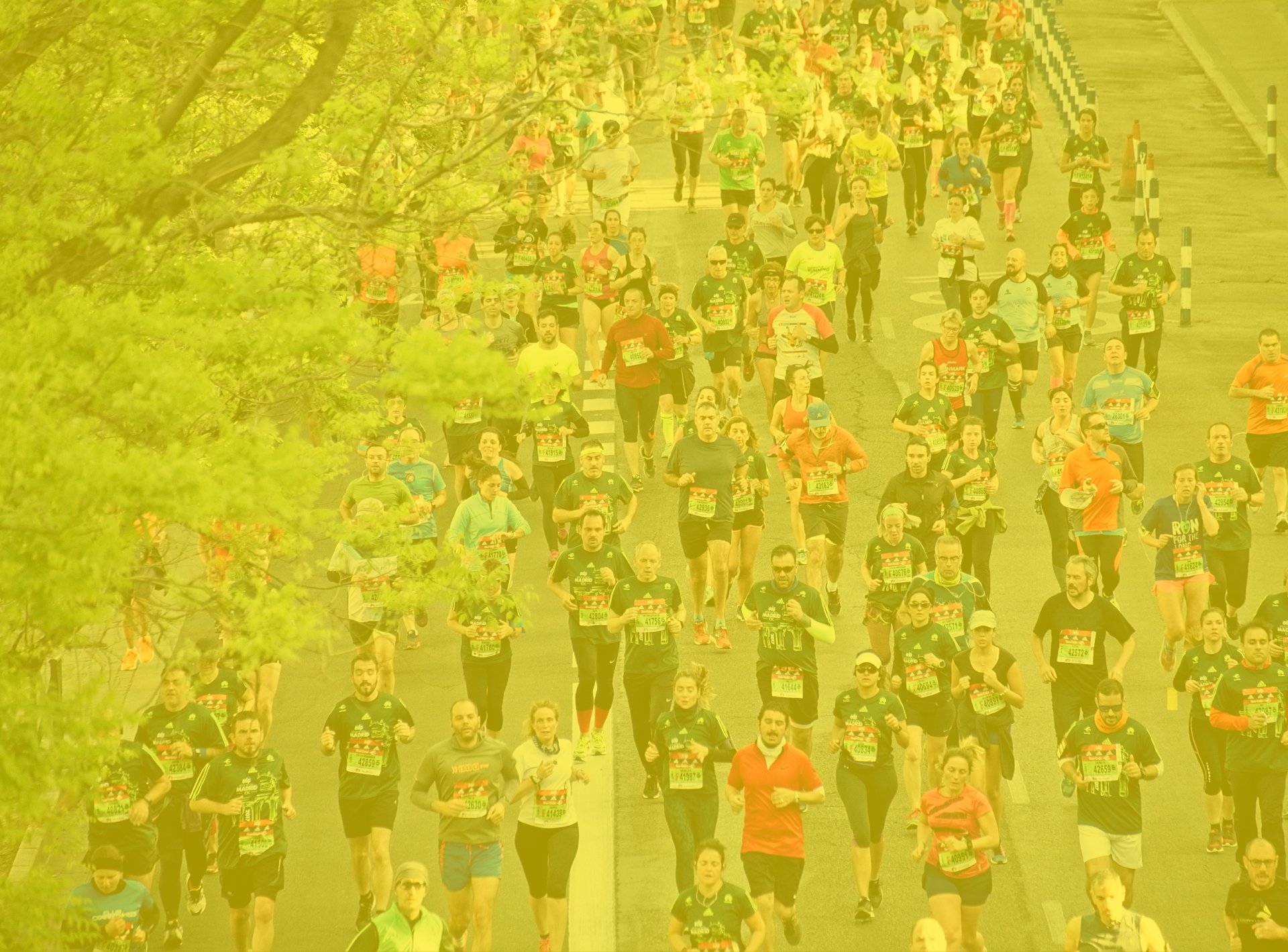
Lucid Athlete Mobile App
Feature recommendations within an existing design system

Role: UX Designer, UX Researcher
Tools: Figma, Keynote, Miro, Google Sheets
Methods: Stakeholder interviews, competitive audit, Kano analysis, feature cards, User Journey Map, recommended features report, mid-fidelity prototypes
Impact
I made three feature recommendations for a two-person development team after extensive research and delivered mid-fidelity prototypes. The Lucid team is highly skilled but has limited time. Features had to be considered thoughtfully for maximum impact in a realistic development cycle.
Final Prototypes

Lucid Athlete is a mobile application currently being developed by a designer / software developer couple. As serious endurance runners and tech power users, they noticed a gap in the existing market. Despite the abundance of wearable technology and “tracking” apps, there are very few high end applications that specifically meet the needs of endurance athletes. The data output is generally not tailored to serious runners (output like “aerobic decoupling" instead of… “steps”) and also tends to lack “recovery” information could be vital for endurance athletes who would benefit greatly from being explicitly told when it’s time to take a break. Still in internal alpha testing, the Lucid Athlete team had hit a wall.
Work Smarter, Not Harder
The first step was conducting a stakeholder interview, this time, with the designer co-creator. The stakeholder interview was fascinating. Primary user groups of Millennial Endurance Athletes (self explanatory) and Master Blasters were identified. Not the WWE tag-team, not the character(s) from the third Mad Max film, but in this case, older endurance athletes who may not be clocking their personal lifetime bests, but still want to optimize their training and track their data as efficiently as possible. I also learned that Lucid’s philosophy could best be described as “beauty in simplicity” or, really, elegant. The clients had designed a sleek, Apple-inspired interface with clean data with a tilt toward rest and recovery information. This sounds like a great app, and it is, so what’s the problem?
Research and Brainstorming Efficient Solutions
Lucid Athlete was looking to:
add desirable features for users
efficiently, this is a team of two people
not engage in a “feature war” with heavy hitter competition
maintain an elegant and minimalist design aesthetic

I personally enjoy sports, but have very little knowledge of what endurance athletes track or would want from Lucid Athlete. As such, doing thorough research was invaluable for this project. I continued my process by performing an audit of Lucid Athlete’s main competitors. Our design team analyzed 7 direct and indirect competitors / comparators. I evaluated two of the industry leaders, Garmin Connect and Whoop. Our client’s analysis proved correct - if I had to describe the existing wearable / fitness application market, I would call it “busy in terms of data output, limited in more bespoke data specifically for endurance athletes, and also expensive in terms of price point or barrier to entry.” Lucid Athlete’s creators’ theory of change was a good one - despite the bevy of options, they could add value into the space, crowded as it may be. To the right is our competitive analysis document.
Many competitors in the fitness space, but little high-quality data options just for endurance athletes

I then created a User Journey Map to visualize the experience of a primary user, in this case, the Millenial Endurance Athlete (likely the greater primary user group than Master Blasters).

After the User Journey was mapped, our design team then conducted a Kano Analysis, a quantitative method designed to measure feature desirability. A survey was then conducted of 13 primary users who answered a series of questions about 13 features for which the design team wanted more information. A portion of the Kano analysis is displayed here.
Users had spoken. After tech scoping with our software developer co-creator, all design team features were assigned points using the Fibonacci sequence and I was granted 30 points for the short-term development cycle. I then set to work prototyping a few key ideas that could add the most desirable, usable, and implementable ideas that research had revealed.

Recommending Value-Add Features For a Small Team
After tech scoping with our developer, I set to work on the real problem - recommending high value and relatively time light features for implementation. Kano analysis had provided a solid roadmap. I landed on three features.
Location tracking and integration 13 points
This feature scored very well in Kano analysis, with 10 of 13 users stating they “liked” or “expected” the feature. Desirable and also functional, perfect for an addition to Lucid.
I added Apple Maps API functionality in the branding style of Lucid above. Users should be able to plot a route, see where they right away on the map, and get data output when they’ve completed a run. The Apple Health kit could output a tremendous amount of data via the Location Tracker feature, but these are decisions for the developers to eventually make and basic “distance, time, pace” output is shown above.
Apple Watch integration 8 points
Similarly scored well, with 11 of 13 users “liking” or “expecting” the feature for an app like Lucid. Also part of the Apple ecosystem, another desirable and value-adding feature that wouldn’t be a massive lift for the lean development team.
With the clean design system of Lucid already established, there wasn’t a need for significant alterations. Users will now be able to swipe up and rapidly swipe through the various dashboard statistics and indicators on their Apple Watch, a significantly easier way to see the data in real-time compared to pulling up a phone while running.

Body Status dial gauge 8 points
While not an evaluated feature in Kano analysis, our client shared in the stakeholder interview that the existing “green / yellow / red” Body Status was indeed limiting and out of the style of the rest of the data output. This is another easy opportunity area for Lucid.
Here we see the original “green / yellow / red light” system and the new dial gauge design. A small change that will be more visible, offer a better quantifiable data point for users, and make the Body Status score more aligned with the rest of the numbers-focused design system.
Before
After

Designing with other tech professionals was a rewarding experience. I was handed a product and design system that was already excellent, posing a different challenge than is normal. The problem was making smart recommendations that were also technically feasible for a very small team. As such, the scope was very narrow. I’m happy with the features, recommendations, and research that went into the three features I prototyped.
Other thoughts:
Developing and Designing Lean, Conclusions
This was the first time I’ve designed for an Apple Watch. For whatever reason, original prototypes I made for this feature had all of the dashboard information displayed until I realized this would be far, far too small for users. Lesson learned: many screens, only one piece of information displayed at a time when designing for Apple Watch.
Read the final Features & Recommendations Report here.
The Apple Health kit data is very impressive. I’m hopeful that Lucid will be able to easily generate some of the more “advanced running stats” like aerobic decoupling that again can add much more value for endurance athletes than statistics like “steps.”